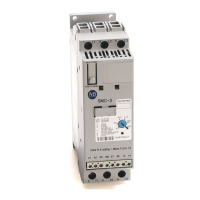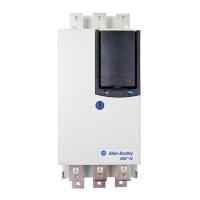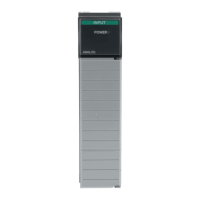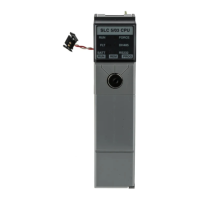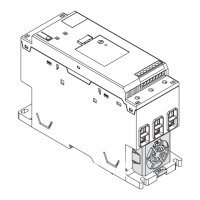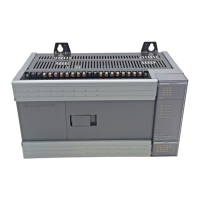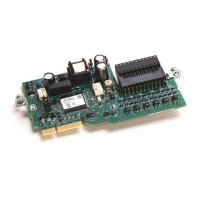18 Rockwell Automation Publication CNET-UM001F-EN-P - February 2018
Item Description
Scheduled traffic. Each device transmits only once
Start
The RPI is the update rate specified for a particular piece of data on the
network. By using a rack-optimized connection, the RPI can specify the rate
for an entire rack of I/O. With a direct connection, the RPI can specify the
rate for a particular module or peer-to-peer data. When you add a module to
the I/O configuration of a controller, you must configure the RPI, specifying
how often to produce data for that module. For example, if you specify an
RPI of 50 ms, every 50 ms the I/O module sends its data to the controller or
the controller sends its data to the I/O module.
Set the RPI only as fast as needed by the application. The RPI also
determines the number of packets per second that the module will handle on
a connection. Each module has a limit of how many packets it can handle per
second. If you exceed this limit, the module cannot open any more
connections.
A faster RPI consumes more network bandwidth. So, to avoid wasting
network bandwidth, set the RPI only as fast as is necessary. For example, if
your application uses a thermocouple module that has data change every 100
ms, do not set the RPI for that node at 5 ms because the network bandwidth
is used to transmit mostly old data.
You cannot set the RPI to a rate faster than the NUT. The network cannot send data at a rate that is faster
than the NUT.
When you run RSNetWorx for ControlNet software, an Actual Packet
Interval (API) is calculated. The API is equal to or faster than the RPI.
The API is the actual update rate for a particular piece of data on the
network. A ControlNet network sets this rate equal to or faster than the RPI,
based on the binary multiple of the NUT, which is the next fastest rate at
which a module can send data. If this cannot be done, a ControlNet network
provides reports that it cannot support the configuration.
This example illustrates how the NUT affects the API. A module on the
network can produce data only at binary multiples of the NUT to a maximum
of the NUT multiplied by 128. These multiples are referred to as rates on a
ControlNet network. Therefore, with a NUT of 5 ms, the module can send
data at these rates.
Table 5 - NUT Example Data Rates
NUT Multiple Rate at Which Module Can Send Data
5 ms 1 5 ms
Interval (RPI)
(API)
the NUT on the API

